An Overview of Wall Panelling
Wall paneling, or moulded panelling, adds depth and character to interior spaces. The options are diverse from classic wood slat designs to modern mirrored panels. MDF panelling offers affordability and versatility, while crown molding adds sophistication. Whether creating a cozy library with rich wooden panels or a contemporary look with mirrored accents, paneling transforms walls into focal points. Installation costs vary depending on materials and complexity, but the result is worth it for the aesthetic impact. Consider paneling near you for expert installation and custom designs. Whether adding a wall or enhancing existing ones, wall paneling elevates interior design with style and flair.
Effective Materials Used for Wall Panelling at Homes -
Wood:
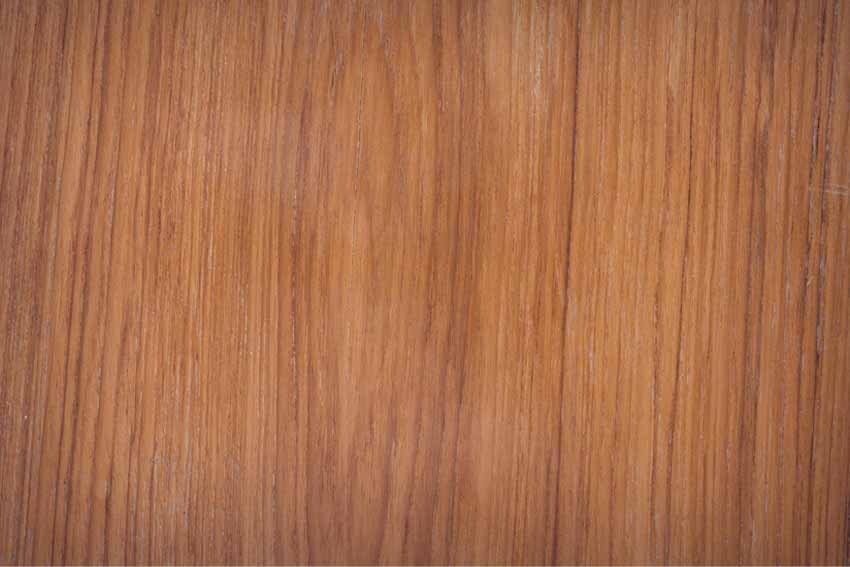
Wood is a classic choice for wall paneling due to its timeless appeal, warmth, and versatility. Wood paneling adds texture and character to any room, from traditional tongue-and-groove planks to modern geometric patterns. Common wood species used for paneling include pine, oak, cedar, and walnut, each offering unique grain patterns and finishes. Wood paneling can be stained, painted, or left natural to suit different interior styles, making it a popular choice for both traditional and contemporary homes.
MDF (Medium Density Fiberboard):
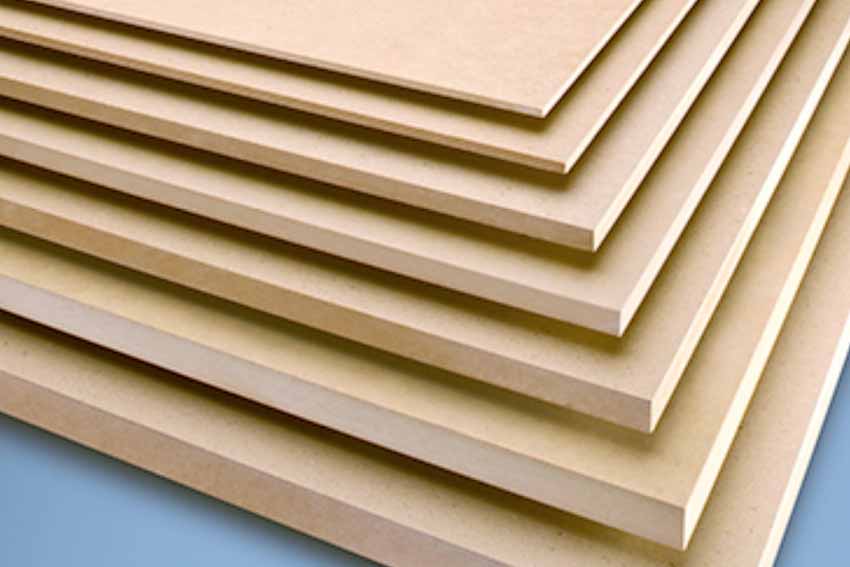
MDF is an engineered wood product made from wood fibers bonded together with resin under high pressure and heat. It is a cost-effective alternative to solid wood paneling and offers a smooth, uniform surface for painting or veneering. MDF panels come in various thicknesses and can be easily cut, shaped, and routed to create custom designs. While MDF lacks the natural warmth of wood, it provides a consistent finish and is less susceptible to warping or shrinking, making it a practical choice for wall paneling in humid environments or high-traffic areas.
PVC (Polyvinyl Chloride):
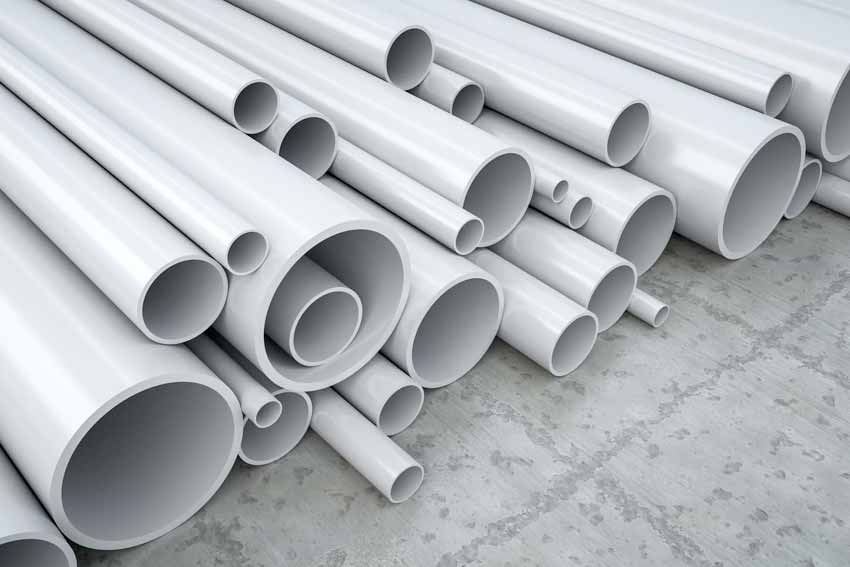
PVC wall panels are made from durable plastic resin and offer a low-maintenance alternative to traditional wood paneling. They are lightweight, easy to install, and resistant to moisture, making them ideal for bathrooms, kitchens, and other humid areas where wood paneling may warp or rot. PVC panels come in a variety of colors, patterns, and textures, including faux wood grain and decorative embossed designs, allowing homeowners to achieve the look of wood without the upkeep. Additionally, PVC panels are easy to clean and highly durable, making them a practical choice for busy households.
Fabric:
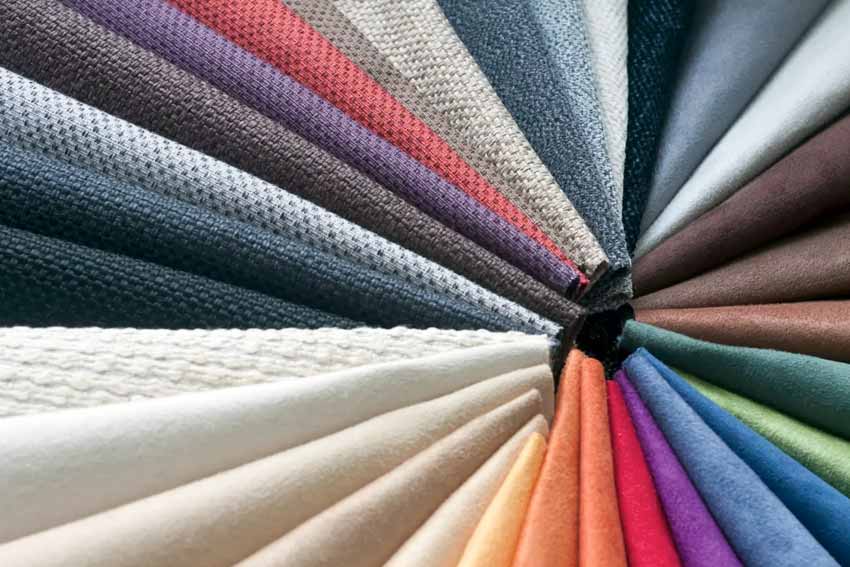
Fabric wall paneling adds softness, texture, and acoustic benefits to interior spaces. Fabric panels are typically made by upholstering a wooden or MDF frame with fabric, creating a padded surface that can be customized with a wide range of fabrics, colors, and patterns to suit any decor style. Fabric panels are especially popular in bedrooms, home theaters, and living rooms, where they provide a cozy backdrop for relaxation and entertainment. Additionally, fabric wall panels can help absorb sound and reduce echo, making them ideal for improving acoustics in large or open-plan spaces.
Metal:
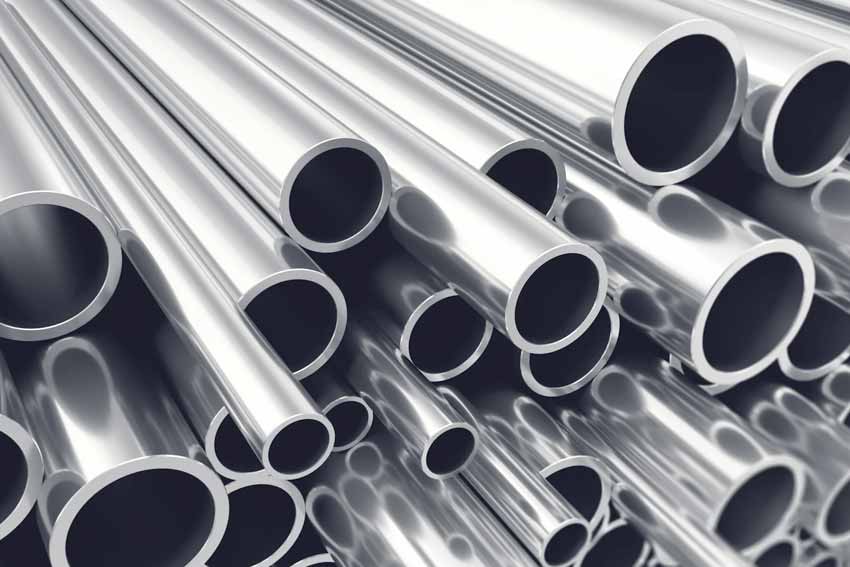
Metal wall paneling adds a sleek, industrial aesthetic to modern interiors. Common metals used for paneling include aluminum, steel, and copper, each offering unique visual and textural effects. Metal panels can be finished with various coatings, such as powder coating or patina finishes, to enhance durability and create custom looks. Metal paneling is often used as an accent wall or as cladding for fireplace surrounds, kitchen backsplashes, and feature walls, adding visual interest and contemporary flair to residential spaces. Additionally, metal panels are highly durable, fire-resistant, and easy to maintain, making them a practical choice for high-traffic areas or commercial applications.
What is the Cost of Wall Panelling for Homes?
The cost of wall paneling for homes varies depending on factors such as the materials used, the size of the area to be paneled, and any additional customization or installation requirements. Generally, wood paneling tends to be more expensive than MDF or PVC paneling, while fabric and metal paneling may also incur additional costs for materials and labor. Homeowners should consider their budget and desired aesthetic when choosing wall paneling options, keeping in mind that higher-quality materials and custom designs may result in higher overall costs.
Benefits of Wall Panelling -
Protection:
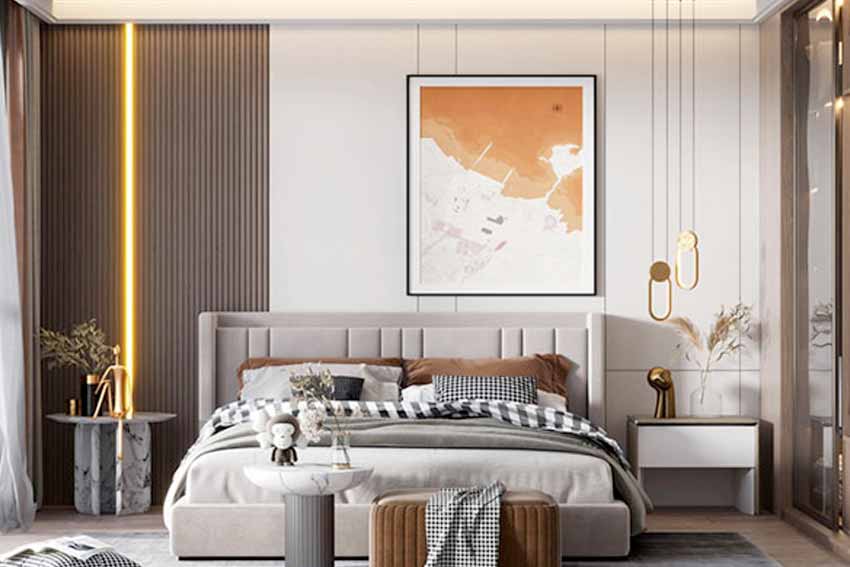
According to our interior designers in Bangalore, wall paneling serves as a protective layer for walls, shielding them from scratches, dents, and stains. This is particularly beneficial in high-traffic areas or homes with active children and pets, where walls are prone to damage.
Concealment of Imperfections:
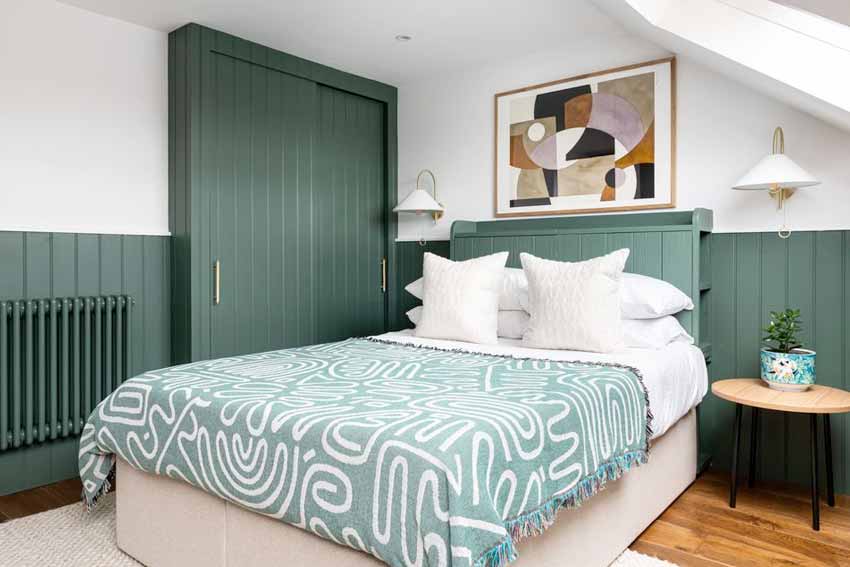
Wall paneling can be used to conceal imperfections in walls, such as uneven surfaces or old wallpaper. By covering these flaws with panels, homeowners can achieve a smooth and uniform finish without the need for extensive wall repairs or renovations.
Insulation:
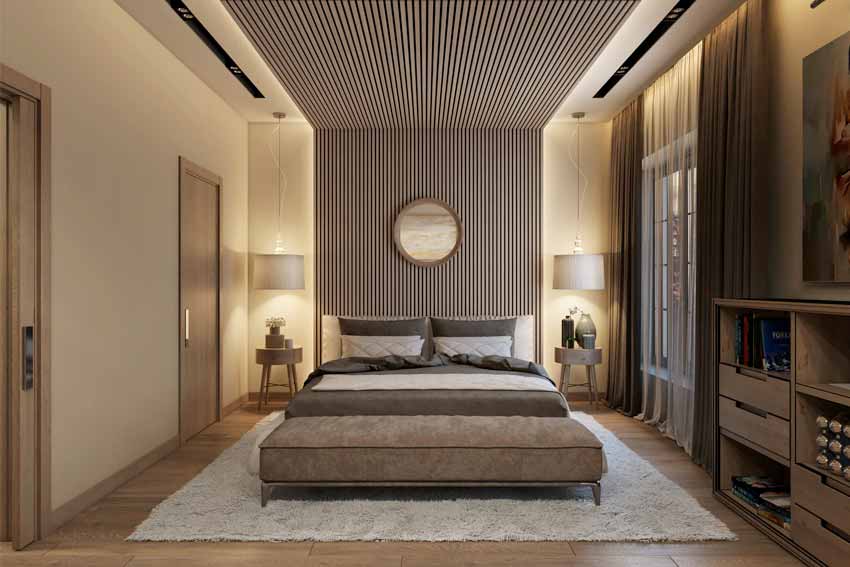
Certain types of wall paneling, such as wood or fabric panels, provide additional insulation against sound and temperature fluctuations. This helps improve acoustics in rooms and contributes to energy efficiency by reducing heat loss or gain through walls.
Quick Installation:
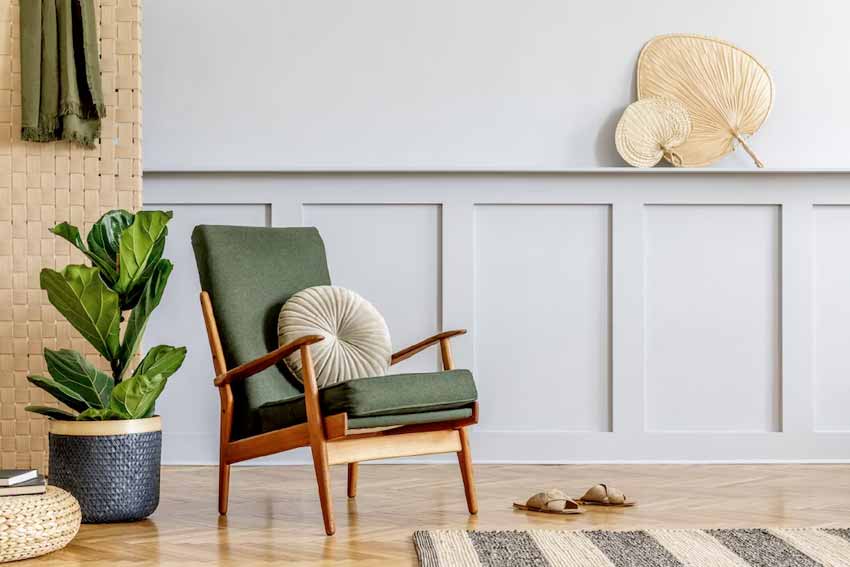
Compared to traditional wall finishes like plaster or paint, wall paneling is relatively quick and easy to install. Depending on the material and installation method, panels can be affixed directly to drywall or mounted on wooden frames, significantly reducing installation time and labor costs.
Customization Options:
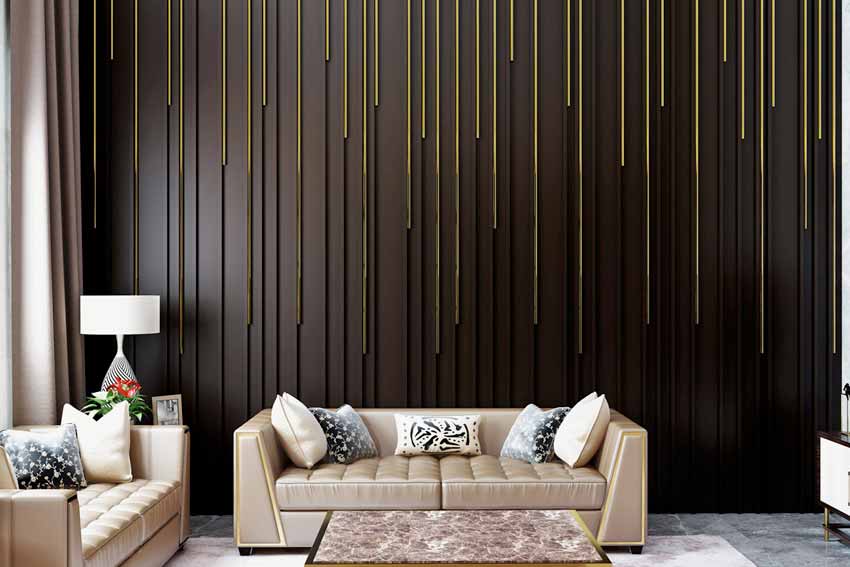
Wall paneling offers endless customization options, allowing homeowners to create unique and personalized spaces. From choosing the type of material and color to selecting panel sizes and configurations, homeowners have full control over the design process to achieve their desired look.
Why Choose Decorpot?
Choose Decorpot for expert interior design services tailored to your unique style and needs. With a team of skilled professionals and a focus on quality craftsmanship, Decorpot brings your vision to life with precision and creativity. From concept to execution, we provide personalized solutions that enhance the functionality and beauty of your living spaces. With a commitment to excellence and customer satisfaction, Decorpot is your trusted partner in creating inspiring interiors that reflect your personality and elevate your lifestyle. Contact us now!
FAQ's -
Q1. What material is used for wall panelling?
Materials commonly used for wall paneling include wood, MDF, PVC, fabric, and metal. Each offers unique aesthetics and benefits, from the warmth of wood to the durability of PVC and the sleekness of metal. Choose based on style, budget and practicality.
Q2. What is wall paneling made of?
Wall paneling is made of various materials such as wood, MDF, PVC, fabric, and metal. These materials offer different aesthetics, durability, and maintenance requirements, allowing homeowners to choose based on their preferences and the desired look for their space.
Q3. How much does wall panelling cost?
Wall paneling costs vary based on factors like materials, size of the area and customization. Generally, wood is pricier than PVC or MDF. Custom designs or intricate patterns may increase costs. Consider budget and desired aesthetics when planning.

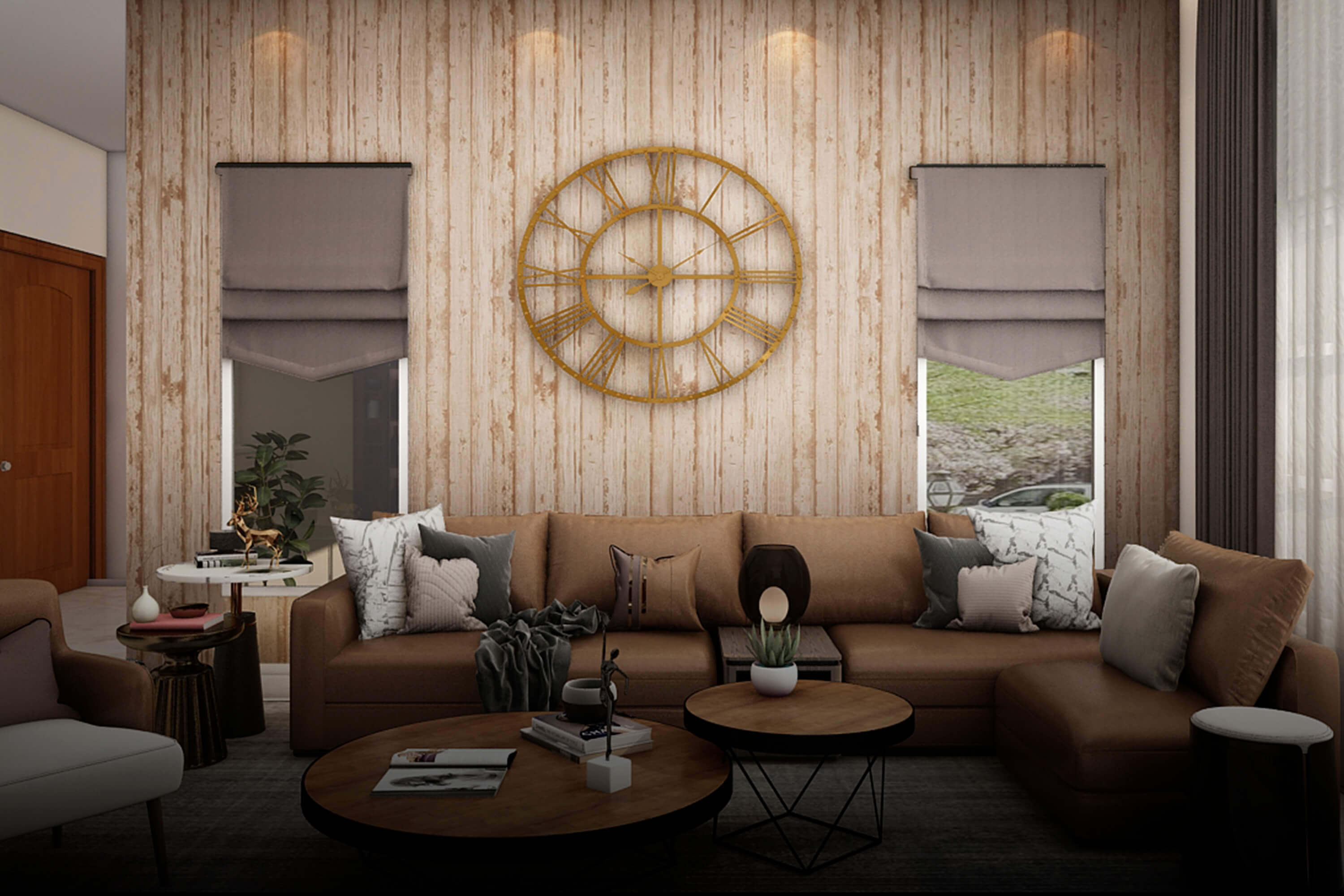
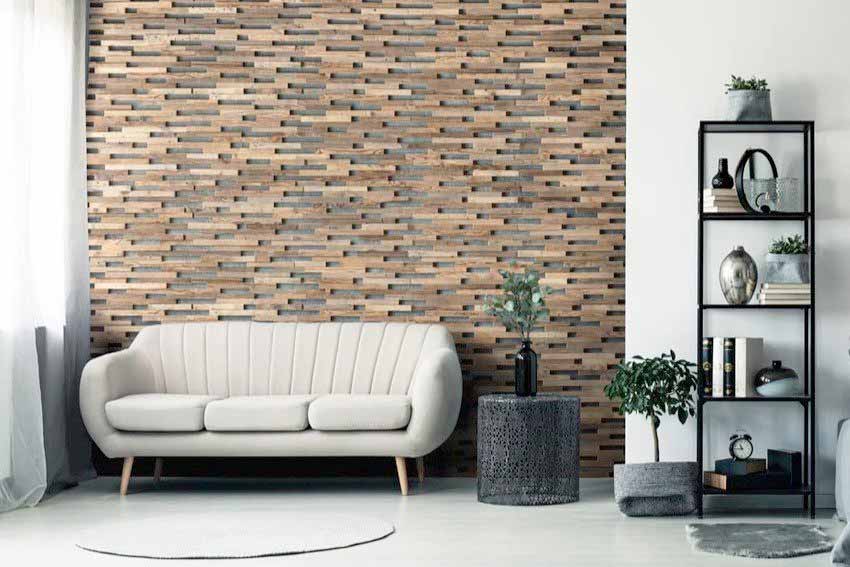
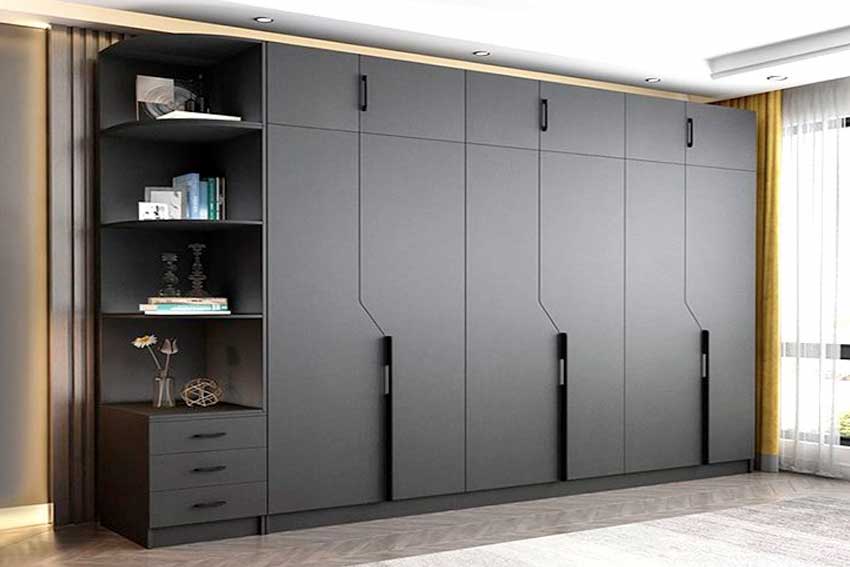
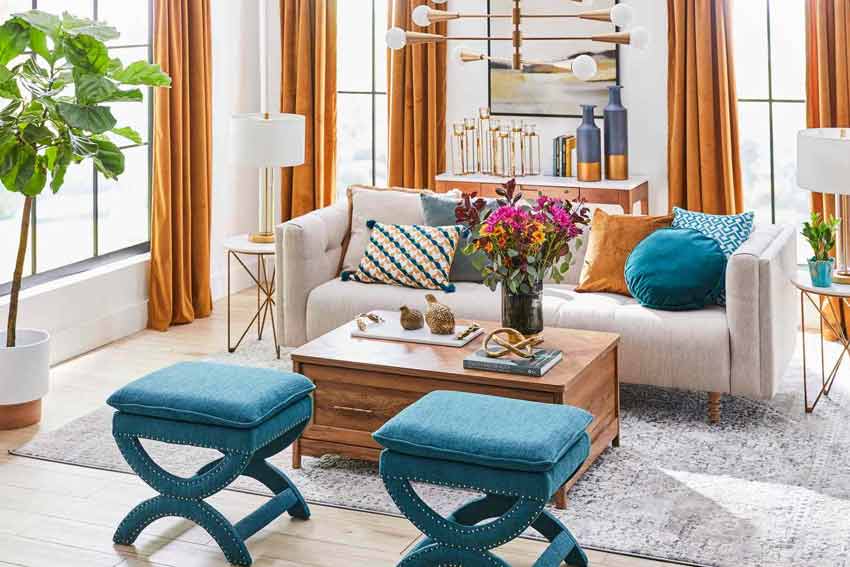
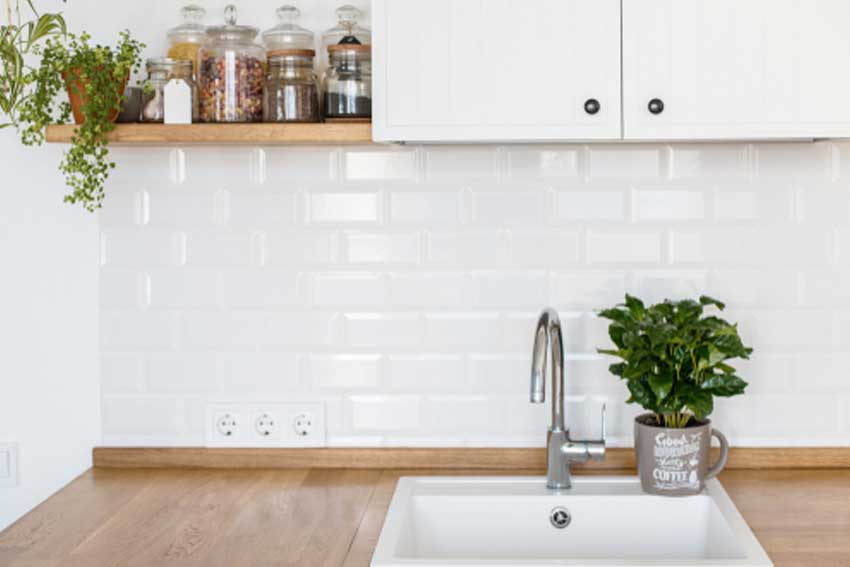
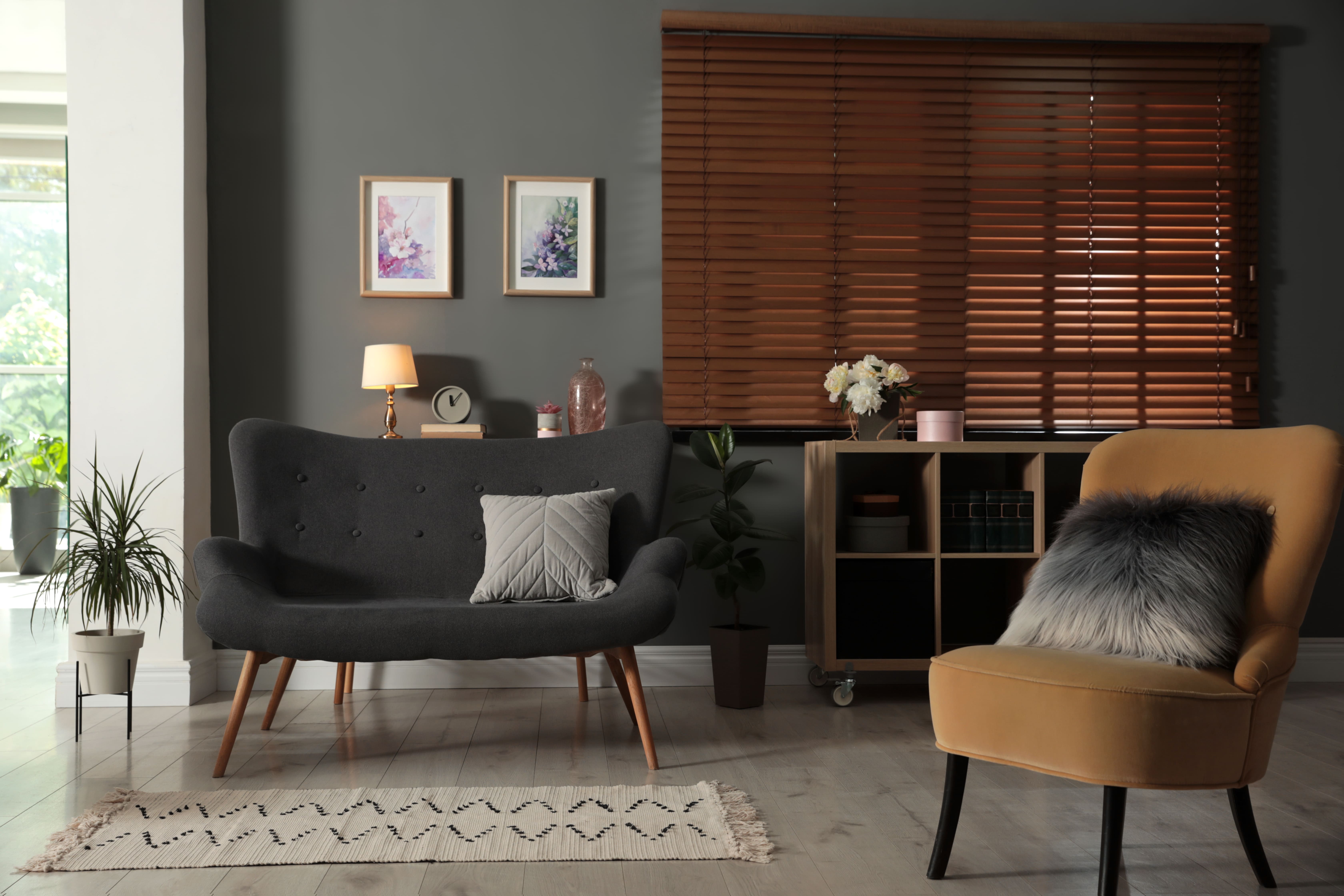
 2024 | All Rights Reserved
2024 | All Rights Reserved